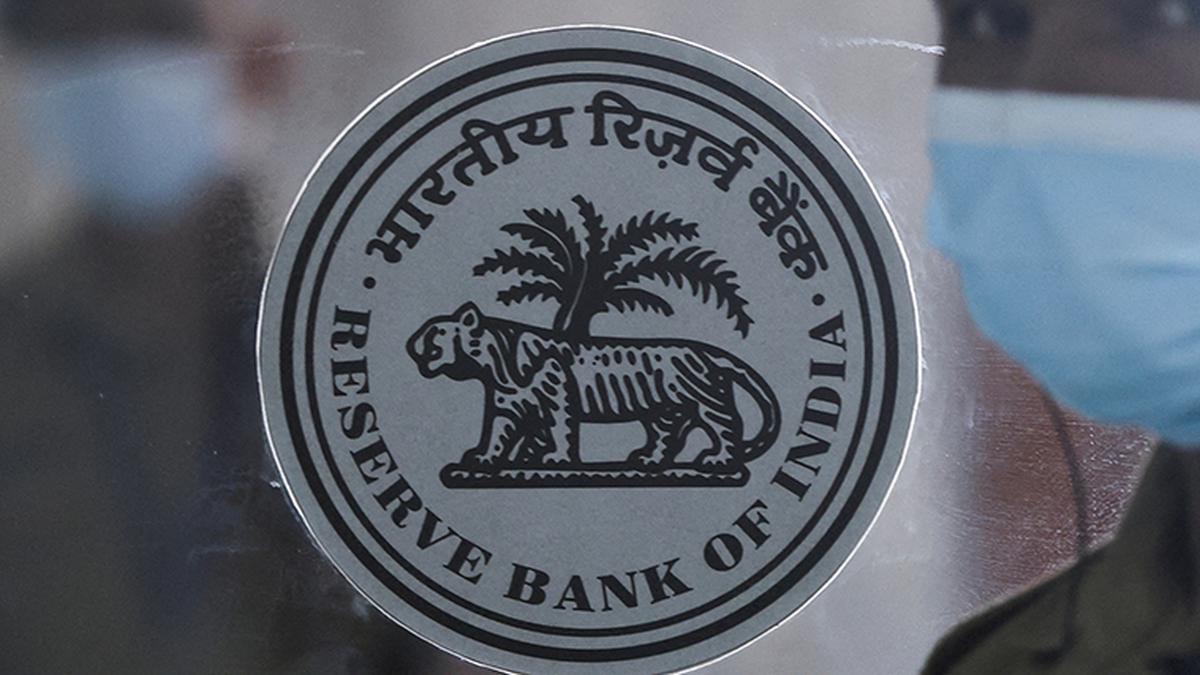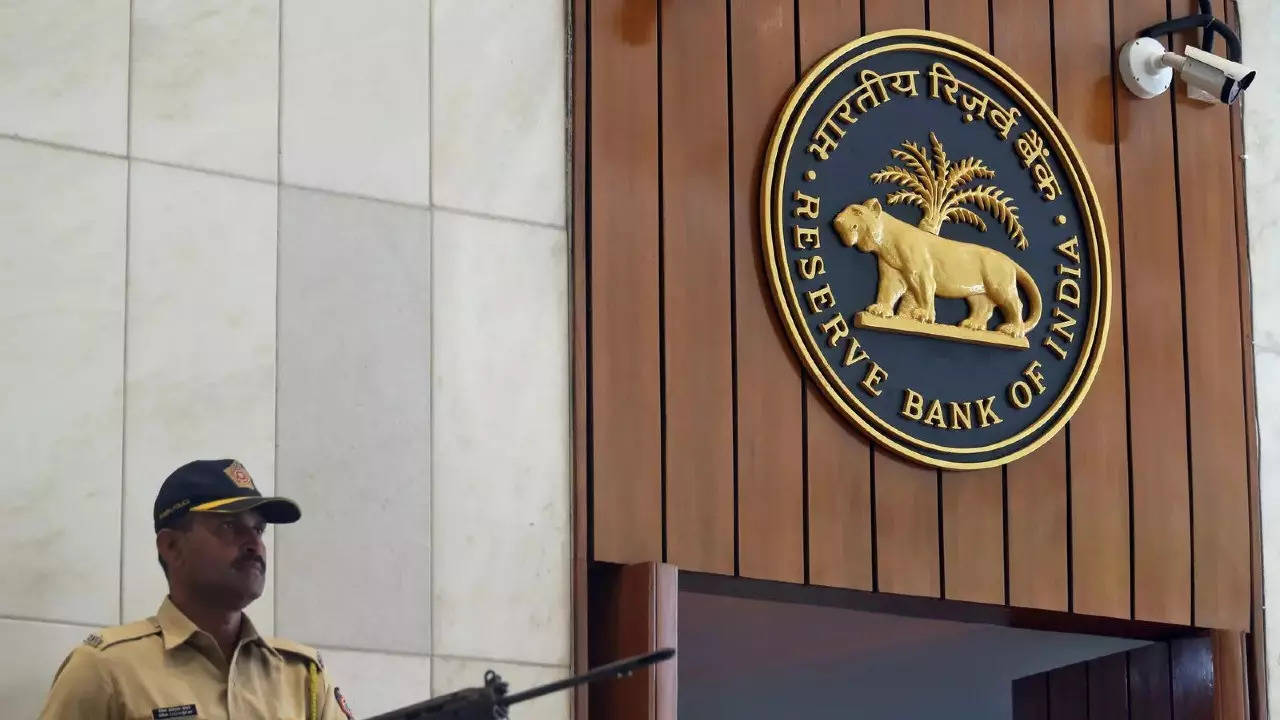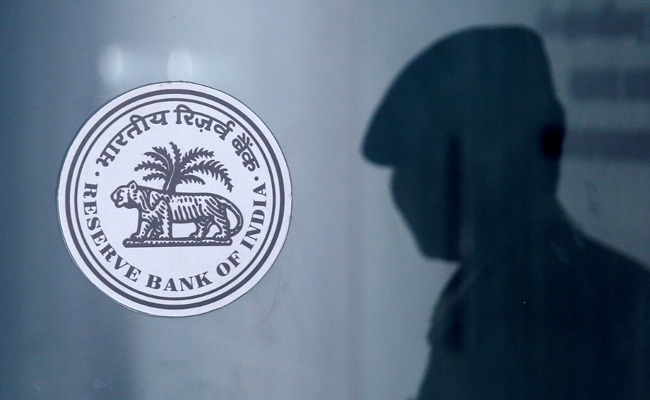RBI modifies bank regulations to control exposure to foreign currencies in 2022

RBI modifies bank regulations to control exposure to foreign currencies in 2022
To lessen the risk of future exposure to the financial system during periods of major volatility in the foreign exchange markets, the (RBI) Reserve Bank of India modified some of its recommendations for banks to hedge their foreign currency exposure.

The RBI stated in a statement on Tuesday that moving forward, banks will have to evaluate the unhedged foreign exchange liabilities of all counterparties to whom they have exposed in any of the currency. The rupee has lost close to 11% against the dollar this year so far and has recently fallen to several historic lows.
According to the RBI, banks would have to determine all entities’ foreign currency exposure (FCE) at least once a year beginning on January 1, 2023. However, the new regulations broadened the variety of exemptions, enabling banks to exclude exposures from “factoring transactions” and disclosures resulting from derivative transactions.
The RBI stated that banks needed to use the rupee-to-dollar exchange rate’s highest annual fluctuation over the other ten years to calculate the possible loss to a business from futures foreign currency exposure (UFCE).

The RBI warned that when foreign exchange rates are volatile, “entities which do not manage their foreign currency holdings could incur considerable losses.”
These losses could decrease their capacity to repay the loans they borrow from the financial system and raise the likelihood that they will default, which would impact the financial system’s stability. According to the RBI, banks must plan for a 25 percentage point rise in the overall risk weight in addition to the applicable risk value to that entity if the possible loss from that entity’s UFCE is major than 75%.
According to the apex bank, “this is because all exposure falling into the same bucket will have a proper rise in their riskiness regardless of the first risk weight applicable.”
Why This Regulation:

For this purpose, banks must consider goods that will mature or generate working capital over the following five years.
The RBI stated that when calculating an entity’s foreign currency exposure, all exposure, including foreign currency borrowed money and open market borrowings (ECBs), must be taken into the account. According to the RBI, statutory auditors must audit and certify data on unhedged foreign exchange exposures at least once yearly.
The highest yearly fluctuation in the United States dollar/rupee exchange percentage during the past ten years must be used by banks to calculate the possible loss from unhedged exposure to arrive at provision and capital needs, according to the RBI. It further stated that unhedged exposures to currencies beyond the US dollar have to be translated to the US dollar at the current market rate.
The central bank advised evaluating the unfavorable possible loss over the other four quarters to determine the exposure to unfavorable currency rate fluctuations. Banks may use information from the four before quarters if they are unable to get such data from listed companies for the most recent quarter.
According to the RBI, these rules will go above and beyond those currently in place for standard liabilities and related credit risk weights.
Report on Financial Stability (FSR):
In its Financial Stability Report (FSR) from June, the RBI noted that of the $180 billion in amazing ECBs, 44%, or $79 billion, were unhedged. India’s foreign debt was $617.1 billion at the end of June, down $2.5 billion from the end of March. At the end of June, short-term debt with residual maturities made up 45.4 percent of all external debt, up from 43.2 percent in the fourth quarter of March, but made up 47.6 percent of foreign currency reserves. Debt that expires in a year is considered short-term debt.
)
The RBI has once again become a topic of discussion at big economic and business forums, specifically at the top B-schools where a minor change in RBI Monetary policy is becoming a point of assessment as it affects the country’s economy. Latest improvements in RBI monetary policy declared for 2019, changes in RBI leadership, and changes in the prices of its different credit control tools.
The Reserve Bank of India performs a variety of roles, including managing foreign exchange, overseeing the monetary policy, and acting because of the bank of the government. This article discusses the critical aspects of the RBI’s role, including changes to the Bank Rate, CRR, Repo, SLR, and other major tasks carried out by the RBI.
How does the Reserve Bank of India differ from other banks?
The central bank of India is known to be the Reserve Bank of India (RBI). The role of the RBI is different from that of other banks because it does not engage in routine micro- or microfinance transactions. Instead, it is the Bankers’ Bank that creates the money rules and regulations that all the banks in the country must abide by.
The Reserve Bank of India Act, 1934’s provisions allowed for the establishment of the Reserve Bank of India in 1935. The RBI was a privately held company until it was national in 1949. Since then, the Indian government has wholly owned the RBI.
Role of RBI
The central bank of India is the Reserve Bank of India (RBI). It performs different tasks, including managing foreign exchange, regulating the money supply, issuing currency, acting as a bank of the government, and serving because the banker to scheduled financial companies, in many other things, to play a multifaceted role. Additionally, it aids in the country’s general economic expansion.
edited and proofread by nikita sharma





